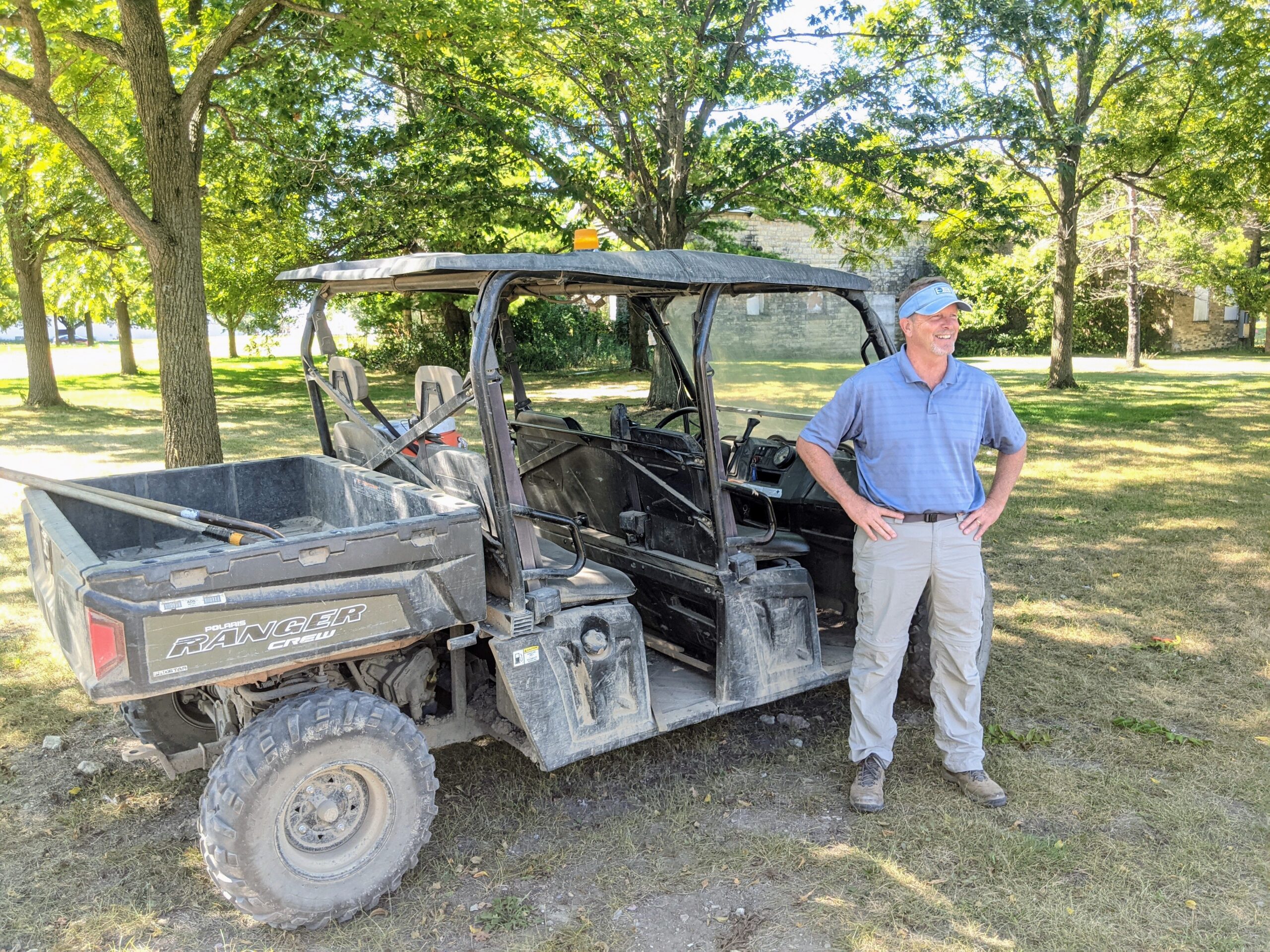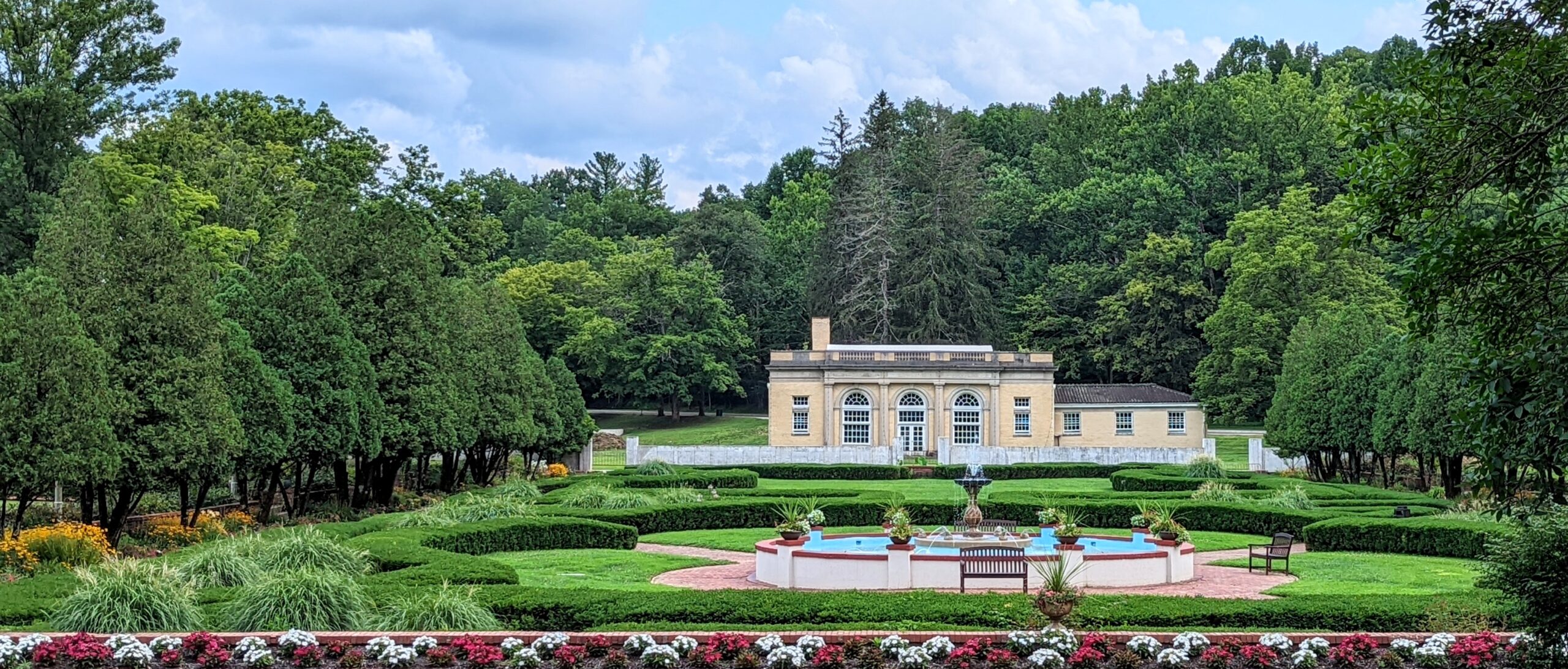
 The renovation of the Settler’s Hill course in Batavia wasn’t easy – even for veteran Chicago area golf architect Greg Martin.
The renovation of the Settler’s Hill course in Batavia wasn’t easy – even for veteran Chicago area golf architect Greg Martin.
His recent or current area projects include The Preserve at Oak Meadows (Addison), Park Ridge Country Club, Fox Bend (Oswego), Arrowhead (Wheaton), Phillips Park (Aurora), Springbrook and Naperbrook (Naperville) and Wilmette Golf Club. Only The Preserve project is comparable to Settler’s Hill in terms of magnitude.
Work began in the fall of 2020 when the course was still open for play. It was closed for all of 2021 and didn’t re-open until last week. The long wait, though, was worth it. The Forest Preserve District of Kane County now has a course that is unlike any other in the Chicago area, if not the state of Illinois.
“It was a long journey,’’ said Martin. “Working with a landfill creates a little different challenge, and now all the holes are unique. All have a personality.’’
Settler’s Hill was built with 13 holes on a landfill, and five on the edges of it. That alone makes it unusual for Chicago courses. Harborside, on Chicago’s South Side; Chicago Highlands, in Westchester; and Willow Hill (Northbrook) are also landfill projects but Settler’s Hill was one of the first.
Built on a site that had housed the County Farm and Home, Settler’s Hill was a nine-holer when it opened in 1988. It became an 18-holer when designer Bob Lohmann unveiled his second nine in 1991.
Martin’s renovation features some startling elevation changes. He likens the new design to “a roller coaster ride,’’ and that becomes obvious at the highest points – the tees at Nos. 13 and 17 and the green at No. 14.
There’s a drop of about 90 feet at No. 17, a dogleg par-5 that may be the biggest eye-catcher even though the drops are slightly longer on the other two holes. There are also two new par-3s and the routing has changed to correct a problem with the original design. Neither nine started or finished at the clubhouse on that one.
“We took a great property that just needed a little care and thought,’’ said Martin. “We moved a couple holes around and opened up some views to give it more of a prairie look.’’
While the course is open, the $6.8 million project isn’t finished. The original clubhouse – located in an old barn – will house the pro shop until the new clubhouse is finished next year. The old barn will be transformed into a banquet facility. A new four-hole short course is ready for youth play now and a new practice range is also available.
FED EX PLAYOFFS TEE OFF: Wheaton’s Kevin Streelman and Arlington Heights’ Doug Ghim are in the 125-man field for the first of the three tournaments in the PGA Tour’s season-ending playoff series. First event tees off on Thursday in Memphis.
Neither Streelman nor Ghim survived the 36-hole cut in last week’s Wyndham Championship and they’ll need strong showings in Memphis to qualify for the second playoff event – the BMW Championship in Delaware. Only the top 70 in the season-long point race after the Memphis stop will advance to the BMW Championship. Streelman goes to Memphis at No. 83 and Ghim at No. 114.
HERE AND THERE: Rich Harvest Farms owner Jerry Rich has confirmed that two of his course’s greens have been affected by poa annua but says they’ll be ready when the controversial new LIV Tour visits Sept. 16-18. Rich also reports that “Corporate and general admission ticket sales are going crazy.’’
Last week’s local tournament schedule had four big events going head-to-head. This week the Chicago District Four-Ball Championship, which concludes its three-day run today at Chicago’s Ridgemoor course, is the lone attraction.
Two of Chicago most prominent course superintendents, Mike Bavier and Luke Cella, have joined forces on the fourth printing of a recently-published book “Practical Golf Course Maintenance – the Art of Green Keeping’’ (Wiley & Sons Publishing, Hoboken, N.J.) “It’s not a technical book, unlike past editions,’’ said Cella, executive director of the Midwest Association of Golf Course Superintendents. “It reflects all the new rules of golf, and all the photos have been updated.’’












